PPT-Low Energy Electronics: DARPA Portfolio
Author : aquaticle | Published Date : 2020-06-25
Dr Michael Fritze DARPAMTO 1st Berkeley Symposium on Energy Efficient Electronics Systems June 1112 2009 2 Power Efficient Electronics Are Critical to Many DoD
Presentation Embed Code
Download Presentation
Download Presentation The PPT/PDF document "Low Energy Electronics: DARPA Portfolio" is the property of its rightful owner. Permission is granted to download and print the materials on this website for personal, non-commercial use only, and to display it on your personal computer provided you do not modify the materials and that you retain all copyright notices contained in the materials. By downloading content from our website, you accept the terms of this agreement.
Low Energy Electronics: DARPA Portfolio: Transcript
Download Rules Of Document
"Low Energy Electronics: DARPA Portfolio"The content belongs to its owner. You may download and print it for personal use, without modification, and keep all copyright notices. By downloading, you agree to these terms.
Related Documents

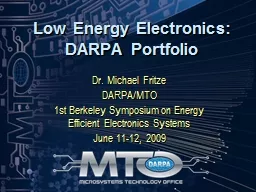

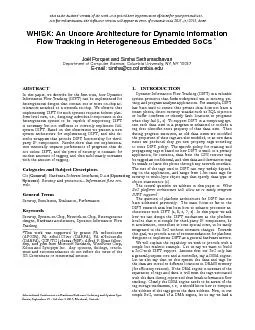
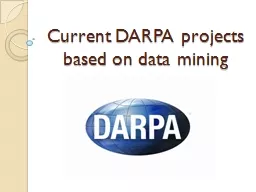
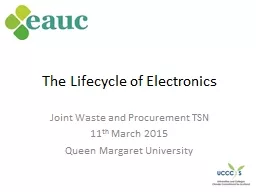
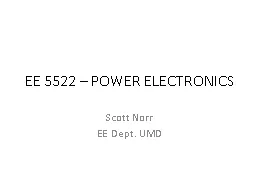
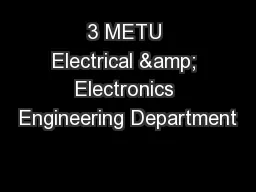
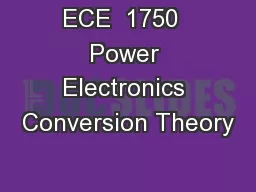

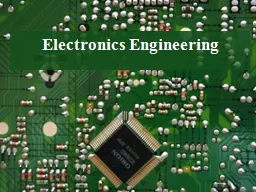
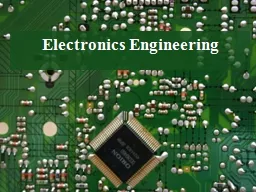
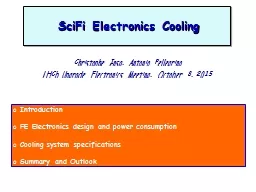
![[READ] Low Carb: Low Carb Weight Loss Secrets Box Set (Dash Diet, Slow Cooker Meals, Low](https://thumbs.docslides.com/881235/read-low-carb-low-carb-weight-loss-secrets-box-set-dash-diet-slow-cooker-meals-low-carb-cookbook-low-carb-recipes-low-car.jpg)
